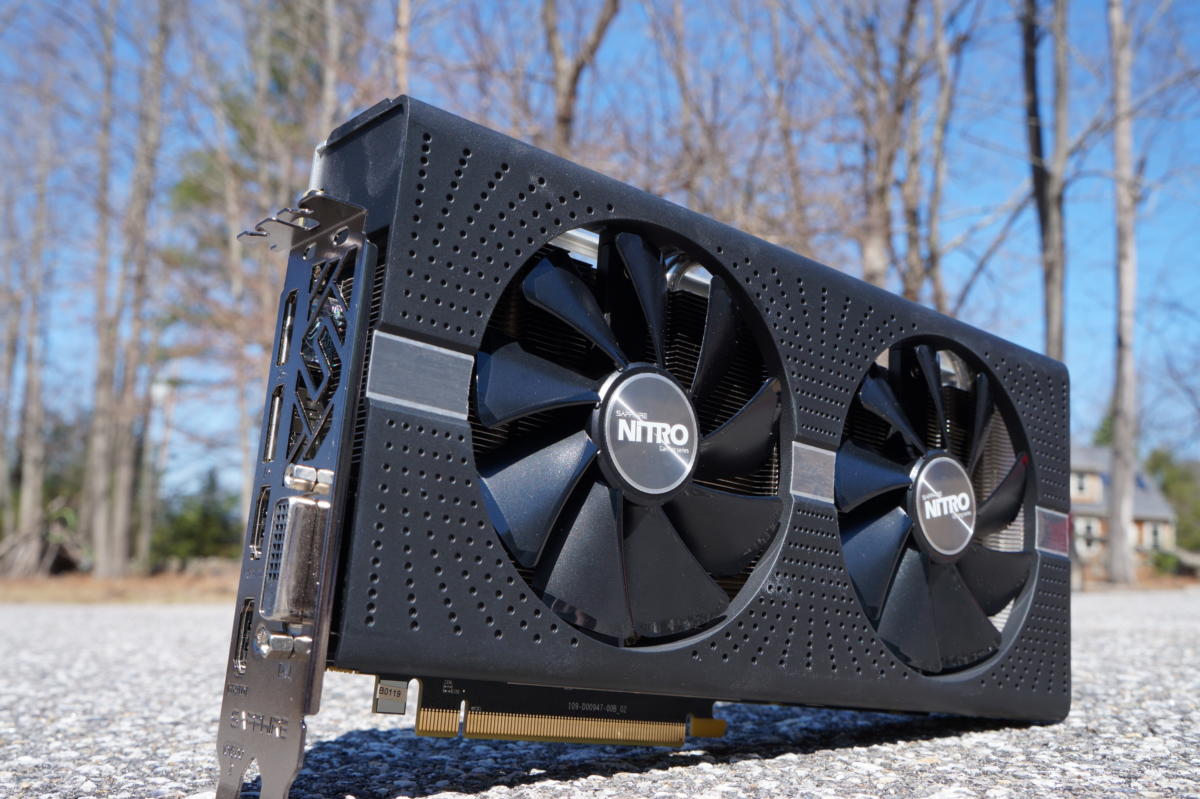Vga Bios Collection: Sapphire Hd 7950 For Mac
- Vga Bios Collection: Sapphire Hd 7950 For Mac Download
- Vga Bios Collection: Sapphire Hd 7950 For Mac Pro
CHECK THESE OUT: PRODUCT SPOTLIGHT: The Intel Next Unit of Computing (NUC) is a super small, super cool, PC. See it here: SEE ME, FEEL ME: Here are six large-screen (23' to 24'), budget LCD monitors that will please both your wallet AND your eyeballs for under $200: FUNNY ERROR MESSAGES We pulled together some hilarious—and some frightening—messages that you might never see: BEST LICENSE PLATES FOR TECHIES On a Prius or Porsche, your personalized license plate tells the world that you are at heart a techie! Check out some our faves here and see if you spot your ride. $2500 SUPER GAMING CUSTOM PC Check out our latest gaming build!
An ultra-powerful $2500 gaming rig carefully planned out to handle whatever the next generation of games throws your way. Build it here: GAMERS REJOICE! Take a peek at our top selections for 2012 and the holiday season—PC and console games and more. Did your fave make our list? LOL - WORST DIY PC REPAIRS: As a tech guru, you spend a lot of time building systems, troubleshooting, and talking harried users off the ledge. You think you've seen it all—until now. Check out some of the worst PC repairs/upgrades: VISIT THE SITE.
Guide to Flash XFX Double D HD 7950 Black Edition Card for Mac Pro XFX Part #: FX-795A-TDBC Things you need:. Windows Partition on your Mac Pro or a Windows PC. An OEM EFI card for Boot Screens and Choices (like Ati 5770 in case you’re on a Mac Pro). Bootable DOS USB Dongle. EFI Rom from netkas.
Original Rom from your card. AtiFlash to flash the EFI Rom to your card. Knowledge and patience. Hook up your card on your Mac Pro or your PC on a secondary PCI slot. Start Windows,. Install it and run the program. Select the 7950 card from the list on the bottom.
Next to Bios Version there is a button that lets you save the current Rom to file. Save it and keep it in place. If you don’t have access to DOS, create a bootable USB dongle using the step by step guide in this page. (I prefer this instead of AtiWinFlash). Go to to convert your original rom to an EFI one so you can get Boot Screens. This is the goal of this guide after all. NOTE: netkas has made a misspelling on the card id number, instead of 697a as he has wrote, YOU SHOULD write 679a.
I wonder why this isn’t mentioned there already. Follow the netkas directions to the letter EXCEPT the above noted one. After this process you will have a file that probably will be named as “Tahiti.rom.efi.rom”. (Mine was named like this on this card model).Rename it to “7950.rom” to be readable with full name in DOS. Plug the Bootable DOS USB Dongle on your Mac Pro running Windows or your PC.


Inside the mounted USB Dongle create a folder and name it “AtiFlash”. On this folder put the files from AtiFlash download and the Rom file from the previous step (6). Reboot and select as Boot device the USB Dongle. While on DOS, give the following commands: cd AtiFlash (this takes you to the folder we will use the program to flash the card) atiflash -ai 1 (remember that “1” means the second PCI card, not the main, it’s wise to have only the two graphic cards hooked on your computer. Congrats to your new 'Mac Edition' card!
Vga Bios Collection: Sapphire Hd 7950 For Mac Download
Just a few notes: - Cards with reference layout (2x mDP, 1x DVI, 1x HDMI) shouldn't lose any ports after flashing. Some cards have a non-standard HDMI port mapping (you can only tell by looking at the PC BIOS), those will lose HDMI. There might be a chance to enable all 5 ports by trying out different framebuffers, but this work would only be sensible if you'd really want to have 2 DVI ports.
It's not very wise to force-flash (atiflash -f) since this disables all security checks. Resurrection of this thread but it's for a good reason.
Today I got my first 4K monitor. After some research I ended up with Dell P2715Q. It gives me 60Hz but. On the System Preferences there is no 4K resolution (3840x2160) I use a 'Retina' kind of resolution as you'll see on the screenshot. I don't see boot screen with monitor connected and ON while boot. The connection to the card is through Dell's mDP (GPU) to DP (Monitor). Any suggestions?
Vga Bios Collection: Sapphire Hd 7950 For Mac Pro
PS: I didn't tried it on Windows 10 and El Capitan yet. It's the first 30mins of using it. I'm on Yosemite 10.10.5.
Do you have single or dual monitor setup? For dual monitor, the 7950 will never go back to the 300/150MHz state, but stay at 500/1250MHz, so the idle power consumption will jump from 15W to 50W, which cause the GPU stay warmer and PCIe fan to spin up a bit. If you only has single P2715Q connected, you may check iStat, the current of the PCIe BoostA and B should below 1A when idle at 300/150MHz, but above 1A if idle at 500/1250Mhz.
TBO, I don't know if the P2715Q will make any difference, but my 4K TV doesn't. If you don't like that, you can always use MacsFanControl to force the fan stay at idle.
However, since the PCIe fan itself is much quieter than the 7950. I prefer to let the system to control the fan speed, rather than force it at idle.